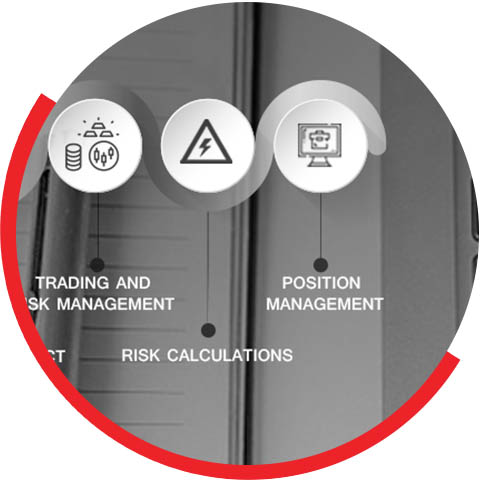‘Why can’t ERP solutions provide CTRM Management?’ or ‘Why do I need CTRM and ERP solutions?’ are questions often asked. To date, the reasons have been because many CTRM requirements require flexibility not always available in ERP solutions and depend on external factors that are not always known at the time of entering business agreements. CTRM solutions with architecture built around the operations and business processes required when trading or procuring Commodities
The top 5 differences are as follows.
- 1- Fixed vs Commodity Based Pricing: Many CTRM businesses use ‘Commodity Based’ Pricing to minimize risk of doing business in potentially volatile markets. The final price of the commodity depends on the Market price. Most ERP solutions cannot deal with such pricing and therefore do not provide accurate reflection of potential exposures and risks for an organization.
- 2- Complex Contract Management: Complex terms of business, including pricing, costs and quality pricing variations , are dealt with through Contract management. All transactions are related back to a Contract with focus on profitability. Traditional ERP solutions have difficulty in handling these requirements. CTRM is designed with these as core.
- 3- Trading and Risk Management; ERP solutions do not address the core concepts and constructs of Commodity Trading and Procurement. Concepts such as Mark to Market valuation, Commodity Hedging and Position reporting are not dealt with in ERP solutions. Using CTRM tools that are designed to properly value commodity exposures and measure risks from the trade level up can help reduce supply costs, accurately value intermediate products and provide a true financial picture and forecast.
- 4- Risk calculations: The commodity markets are just different. Seasonality, methodology, holiday calendars, averaging conventions, settlement rules, terminology, and even weather...ERPs are unable to capture, track and account for these subtle differences but CTRM inclusive ERPs has the flexibility to manage this.
- 5- Position management: ERPs are designed to capture and quantify the actual current state of resources in an enterprise. They are by nature designed to capture a static snapshot. CTRM inclusive ERPs are designed for more dynamic risk analysis and allow companies to measure what probable outcomes should be expected given their current state.
Are you looking for integrated CTRM solutions inclusive of ERP? Sonata provides scalable CTRM solutions inclusive of ERP solutions. Watch it here to know more

